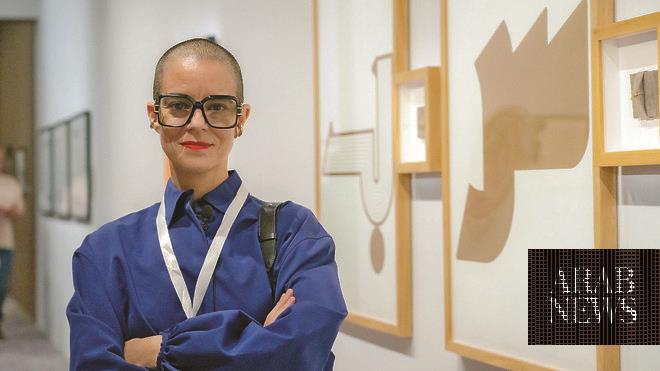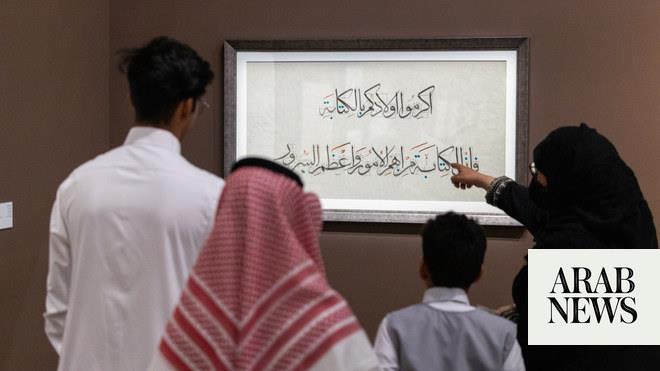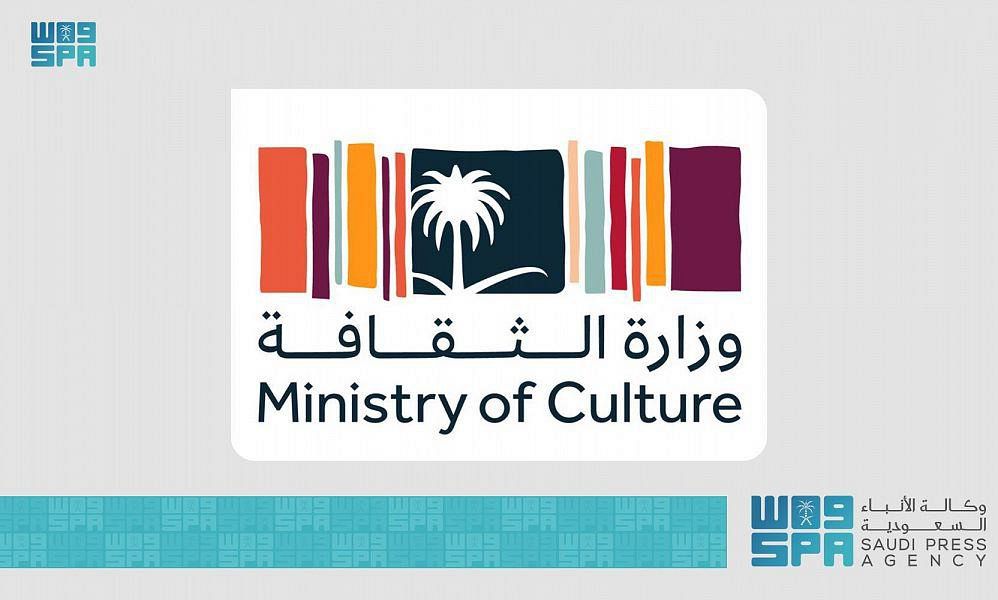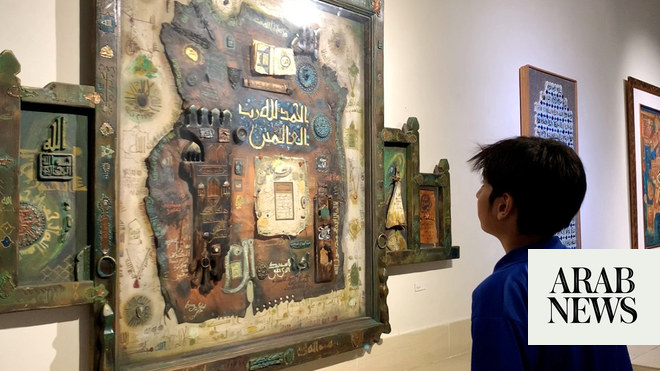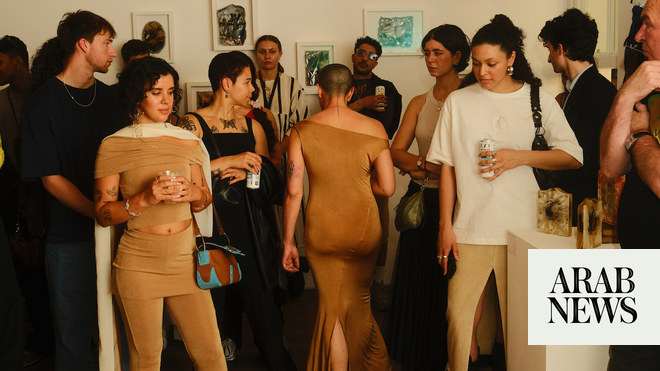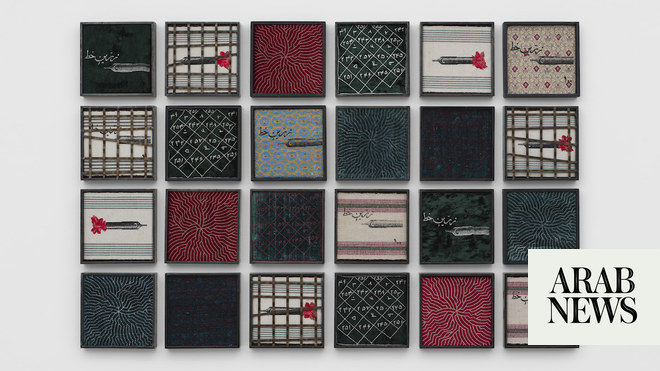
Bita Ghezelayagh discusses her ‘Encapsulation’ project, which features in ‘The Resistance of Pen and Paper’
LONDON: Iranian artist Bita Ghezelayagh was browsing in an antique shop in Tehran, searching for old textiles to rescue and upcycle into art, when she stumbled upon a different kind of inspiration.
For the latest updates, follow us on Instagram @arabnews.lifestyle
“I saw all these boxes of pen nibs, hundreds of them,” she tells Arab News. “They were so beautiful, and the dealer was just begging me to buy them: ‘Please, you are an artist, do something with them. They are magnificent, and you won"t see this anymore.’”
For Ghezelayagh, who has built a career on finding the beauty and potential in the disappearing crafts of her country, it was a challenge she couldn’t resist.
Some of the results can now be seen in a new exhibition at the Richard Saltoun Gallery in London’s Mayfair, in “The Resistance of Pen and Paper,” jointly curated by directors Niamh Coghlan and Aloisia Leopardi. The show, which runs until Nov. 4, brings together a group of six artists from North Africa and the Middle East who, in the words of Coghlan, “use calligraphy and written language to reflect on issues around identity, gender politics, cultural heritage and displacement.”
Shirin Neshat’s photographic series, “Women of Allah,” explores notions of femininity in relation to Islamic fundamentalism and militancy in Iran, “using symbols that are associated with Western representations of the Muslim world: the veil, the gun, the text and the gaze.”
The work of Nasrollah Afjei, a member of the Iranian neo-calligraphists group, presents “meticulous, structural arrangements of calligraphic forms on a grand painterly scale.”
Calligraphy also features in works by Egyptian artists Fathi Hassan and Huda Lufti, and the Palestinian-born Maliheh Afnan. The exhibition includes several works from Afnan’s “Veiled” series from the 2000s, which “aimed to shift the focus of the Western world away from the Muslim women"s veil to methods of concealment as a wider concept.”
Ghezelayagh’s new work is front and center in the exhibition. In addition to an installation of silkscreen-printed calligraphic works — each bearing the stylized image of a pen nib, on embroidered, hand-woven textiles — hundreds of the nibs she transported from obscurity and redundancy in Tehran have found a new, symbolic lease of life, encased in tiles of colored glass and strung on threads by the dozen.
Not all the nibs in her project — “Encapsulation” — are completely encased; some protrude beyond the confines of the glass. The symbolism is self-explanatory.
“I talk a lot a lot about censorship and freedom,” says Ghezelayagh.
Born in Florence, Italy, in 1966 to Iranian parents, Ghezelayagh moved to Tehran when she was two years old and frequently travels back to the country from her home in the UK.
She is best known for her work with textiles, taking traditional garments and old, unloved Persian carpets and transforming them from overlooked everyday objects into admired and highly sought-after works of art.
It all began 20 years ago when she saw a future for the disappearing craft of felt-making in Iran. “Felt-making was completely dead,” she says. “Nobody was interested in such a practice, which required a lot of pulling and pushing of wet wool. The felt-makers were all old and none of the young boys were interested in coming into the tradition. It was a completely dying craft.”
Very quickly, she saw potential in the old shepherds’ cloaks and other garments that nobody seemed to want any more, “and very early in my first stage of felt-making I realized that I was going to make art out of it.”
The magic moment came during a trip to the western Iranian province of Lorestan. “I was in a bazaar and I saw a shepherd"s cloak, which was hanging in a tiny little shop, and the shape of it was so to me profoundly beautiful,” Ghezelayagh says. “It was so human, and it started really talking to me, saying ‘Get me out of here!’ So I entered the shop, bought whatever they had, and brought them home.”
Ghezelayagh’s first solo exhibition, entitled “Felt Memories,” came in London in the summer of 2009. At the time, she said the work “was born of an overwhelming urge I had to preserve something of the old Iran of my childhood.”
Working with local artisans and Afghan embroiderers living in Iran, Ghezelayagh transformed the simple felt garments into canvasses, decorated with images, calligraphy, and sewn-on symbols of Iranian culture, ancient and modern. One of them was inspired by Ghezelayagh’s memories of the 1980-88 Iran-Iraq war: A cloak adorned with 1,001 of the small metal “keys to paradise” that Iranian soldiers carried into battle, and dozens of small metal tags imprinted with the face of Hossein Kharazi, a national hero killed in 1987 at the siege of Basra.
The pieces struck a chord in the art world. In 2011, Bita was shortlisted for the Jameel Prize for Islamic Art, and today her textile work can be found in a number of prestigious collections, including those of the British Museum, the Farjam Foundation in Dubai and Jameel Foundation in Saudi Arabia.




